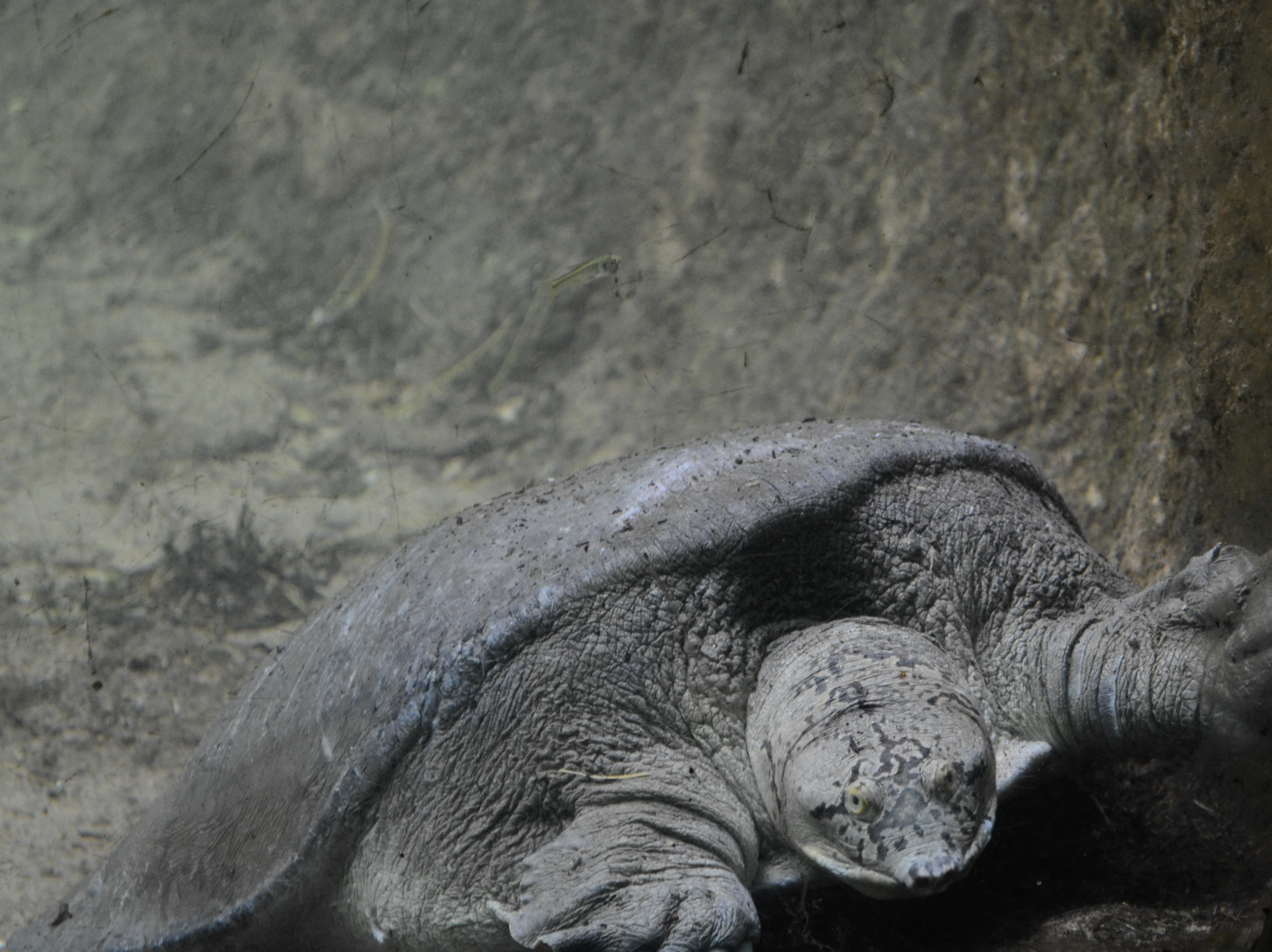|
Lissemys
''Lissemys'' is a genus of softshell turtles in the subfamily Cyclanorbinae of the Family (biology), family Trionychidae. The genus is indigenous to southern Asia. Species The genus ''Lissemys'' contains three extant species which are recognized as being valid. *''Lissemys ceylonensis'' – Sri Lankan flapshell turtle *''Lissemys punctata'' – Indian flapshell turtle *''Lissemys scutata'' – Burmese flapshell turtle Several Extinction, extinct fossil species have been described for this genus, such as ''Lissemys piramensis'' , from Piram Island, India, but these are largely considered Nomen dubium, ''nomen dubia''. However, the extant Indian flapshell turtle (''L. punctata'') is known from fossils from as early as the Miocene. ''Nota bene'': A Binomial nomenclature, binomial authority in parentheses indicates that the species was originally described in a genus other than ''Lissemys''. References Bibliography * * Further reading *Malcolm Arthur Smith, Smith, M. A. ... [...More Info...] [...Related Items...] OR: [Wikipedia] [Google] [Baidu] |
Lissemys Punctata
The Indian flapshell turtle (''Lissemys punctata'') is a freshwater species of turtle found in South Asia. The "flap-shelled" name stems from the presence of femoral flaps located on the plastron. These flaps of skin cover the limbs when they retract into the shell. It is unclear what protection the flaps offer against Predation, predators. Indian flapshell turtles are widespread and common in the South Asian provinces. It is morphologically an evolutionary link between the softshell and hardshell aquatic turtles. Exploitation for profit and habitat change are threats to their survival. Description The carapace of ''L. punctata'' viewed from above is broadly oval in adults, but more circular in young, widest just anterior to hind limbs. The width of the disc is 77–86% of its length, the carapace is moderately arched, shell height is 35.0–40.5% of carapace length, the margin of the carapace is smooth and slightly flared posteriorly, the marginal bones are not united with the p ... [...More Info...] [...Related Items...] OR: [Wikipedia] [Google] [Baidu] |
